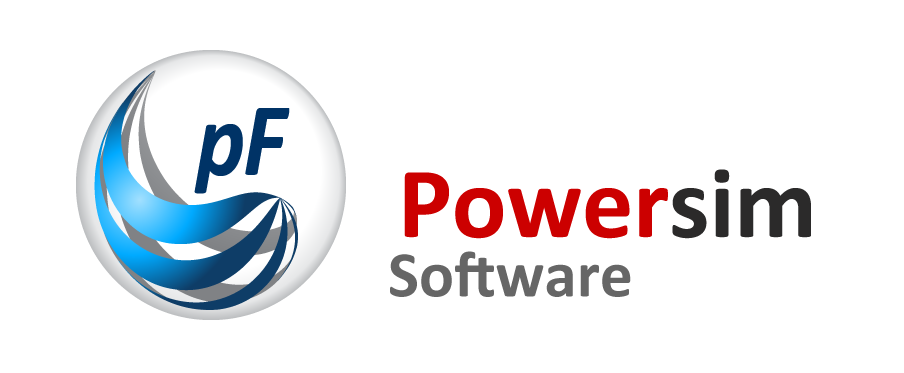
This glossary provides a summary of the most used terminology in the pForecast software.
Asset:
An asset in this context is a group of fields that share data.
Business Unit:
Business unit and asset are used interchangeably.
Capacity limitation priorities:
If capacity constraints limit your production, you have several ways of prioritizing the order in which wells will be choked. If you specify the default GOR or water cut, these values will be used instead of the calculated water cut or GOR. The priority groups are considered before GOR and water cut in a two-step prioritization approach. A low priority means being among the first wells to be choked and vice versa.
Cluster:
Clusters are used to group wells and to constrain the production and injection to the capacity of that group. Clusters can be routed to other clusters; there can be up to four levels of clusters in a facility.
Corporate Analysis:
Corporate roll-up analyses are cumulations of values for a selected set of assets. The users can create as many roll-ups as they wish, for corporate-wide analyses and reports.
Cut-off:
There are four criteria you may specify to cut the well production permanently: at a given rate, at a given volume, on a given date, and at drilling start of another well.
Field:
An area in which there are one or several reservoirs. You import data for one field at a time. The field information is used for reporting purposes.
Gas Formation Volume Factor (Bg):
his is the ratio of the gas volume at reservoir condition to its corresponding volume at the standard condition (P = 101.325 kPa and T = 288.15 K). In pForecast, it is used for Voidage Management.
GOR:
Gas-Oil ratio (Rs): This is the ratio of the volume of gas that comes out of the solution to the volume of oil at standard conditions (P = 101.325 kPa and T = 288.15 K)
Oil Formation Volume Factor (Bo):
This is the ratio of the oil volume at reservoir condition to its corresponding volume at the standard condition (P = 101.325 kPa and T = 288.15 K). In pForecast, it is used for Voidage Management.
PE:
Production Efficiency.
PVT:
This is the abbreviation for pressure, volume and temperature.
Regularity :
In pForecast, we use regularity for constraints on injection, which can be between zero and one. If you want to specify regularity for production, you should specify PE (Production Efficiency).
RNB:
Operating companies in Norway shall submit their forecasts to the Revised National Budget (RNB). In pForecast, under the RNB, a structure of RNB profiles and projects can be defined.
Rs:
Rs and GOR are used interchangeably.
TAR:
A turnaround or a “TAR” is a very expensive process in which an industrial plant or refinery goes through a scheduled shutdown in order to perform maintenance on the facility. During this time, production must come to a complete stop.
Voidage factor:
In pForecast, voidage factor is a user input, and it means the same as Voidage Replacement Ratio (VRR). It is defined as follows:

Voidage group:
Used to group producing wells and injector wells on the same reservoir in connection with Voidage Management. A specific voidage factor will be assigned to each voidage group.
Volume-based profile:
By turning on this toggle, the total volume of the production potential will be preserved even if there are limitations on the production. Such limitations could be production efficiency, shut-down periods, and potential reductions due to capacity limitations.
WTC:
Water Cut. The ratio of water produced compared to the volume of total liquids produced.
This glossary is a living document and will be updated frequently. If you are a pForecast user and think that some terms are missing or that more explanation is needed, you are very welcome to contribute. Please send an email to pForecast@powersim.no and we will get back to you!
If you would like to schedule a private session for you and your colleague, and to get a broader demonstration of pForecast, follow the button below!
